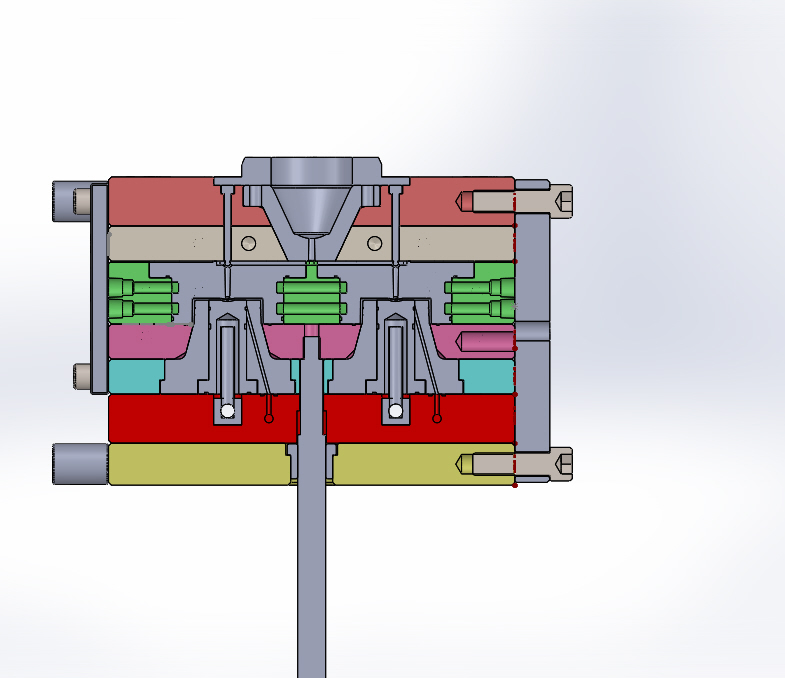Menu
- Home
- Lean Principles
- Machine Selection
- Mold Design
- Mold Interlocking
- Mold Making
- Plastic Material Technology
- Molding Process
- Plastic News
- What's New
- Privacy Policy
- Disclaimer
- Site Map
- Poll
- Polishing
- 3D Rapid Prototyping
- Molding Companies
- Contact Us
- Proven Thinwall Packaging Mold Designs For Sale
- MOLD WEIGHT CALCULATOR
- HOT RUNNER VERSUS COLD RUNNER
Have You Ever Wondered Why Cavities Crack And Cores Don’t?
In injection molding, one of the worst things that can happen to a molder is a water leak into the molding surface in a mold tool cavity.
Water that finds its way into the molding surface will contaminate every plastic part resulting in a 100% reject rate.
The reason for the water leak is that the steel has cracked allowing water to pass from the cooling channel to the moulding surface.
Why does it nearly always happen in the cavity and not in the core?
Its for 3 reasons:
1.
A cavity is much weaker than a core because of its shape. To make a cavity, steel material from the centre is removed, which also removes its inner strength.
2.
Cavity pressure (which is the pressure the plastic exerts on the cavity and core during filling and packing stages), affects the core and cavity in different ways. A cavity is subject to a stress that is trying to blow it apart whereas a core is subject to compressive stress. The compressive stress of steel is much higher so it is less likely to crack.
3.
Clamp tonnage. Both the core and cavity have to resist exactly the same clamp tonnage, however, it acts differently on each of them. In a cavity, clamp tonnage puts stress on the molding surface whereas in a core there is no stress due to clamp tonnage on the molding surface, there is only compressive stress due to cavity pressure.
So how to avoid cavity cracking when it comes to injection mold design?
Make cavities that are big. Use plenty of steel so that clamp tonnage is spread over a larger surface.
To learn more about Injection Mold Design click here





